I used to stick to my rigid training plan until I realized that I get more results with the Vitalmonitor method!
My season review 2017
In the fall of 2016, I was on the verge of deciding to greatly reduce my mountain bike racing ambitions in favor of my children's mountain bike careers, as training time was also becoming increasingly scarce due to my job. After the obligatory performance test at the beginning of the new season, my coach Berny Schimpl explained the Vitalmonitor method to me and said that it would allow me to train even more efficiently and adapted to the irregular time budget. With that, my curiosity was aroused.
Vitalmonitor instead of rigid training plan
Instead of a rigid 4-week training plan with a fixed day off per week and a regeneration week after 3 training weeks, the training is now adapted daily to the time available and the regeneration state. Every morning I take a morning measurement with the Vitalmonitor and then send my values and the available training time to my trainer Berny, who then sends me back a training suggestion. To ensure that the morning measurements are as meaningful as possible, I always try to follow the same ritual here. Depending on the state of regeneration and stress, Berny then adjusts the intensity.
30 minutes after training, I take another status measurement, which gives us information about the intensity of the training. I have been using the Vitalmonitor for a long time, but in the past it was mainly for the early detection of illnesses and to avoid overtraining. When it came to training control, I used to stubbornly stick to my training plan, even if the measurement showed only a moderate recovery. So I did intervals even when my regeneration state didn't really allow it.
My training with the Vitalmonitor method
This year, all that was different. There were no more fixed rest days and also no regeneration weeks in the conventional sense. If the values were good, I trained intensively, but if the Vitalmonitor values were bad or I had a lot of work in the office and thus also high stress values in the measurement, it could happen that I also undertook only regeneration trips for 5 days or even took a break for two days in a row. By the daily, morning exchange I could also use the training time optimally. If I found out the day before that I would have longer meetings at the office, I reduced the time available and Berny adjusted my training.
Already in the preparation period especially at the end of March to mid-April, I had a quieter phase at work and thus actually trained almost 4 weeks daily and also completed very many intensive training sessions in a row.
"Red" values after the training -> "exhausted",
"Green" the next morning - "recovered", those were always the best days. (Recovery section)

My conclusion
In total, I competed in 18 races in 2017, celebrated 4 age group wins and 13 podiums, and finished in the top 5 overall ten times. I have had more wins in my age group in previous years, but I was one of the younger riders then and I have been able to improve in almost every race this year. But the biggest difference to the years before was that I was still in good shape in September and October and still wanted to race.
I'm already looking forward to the coming season.
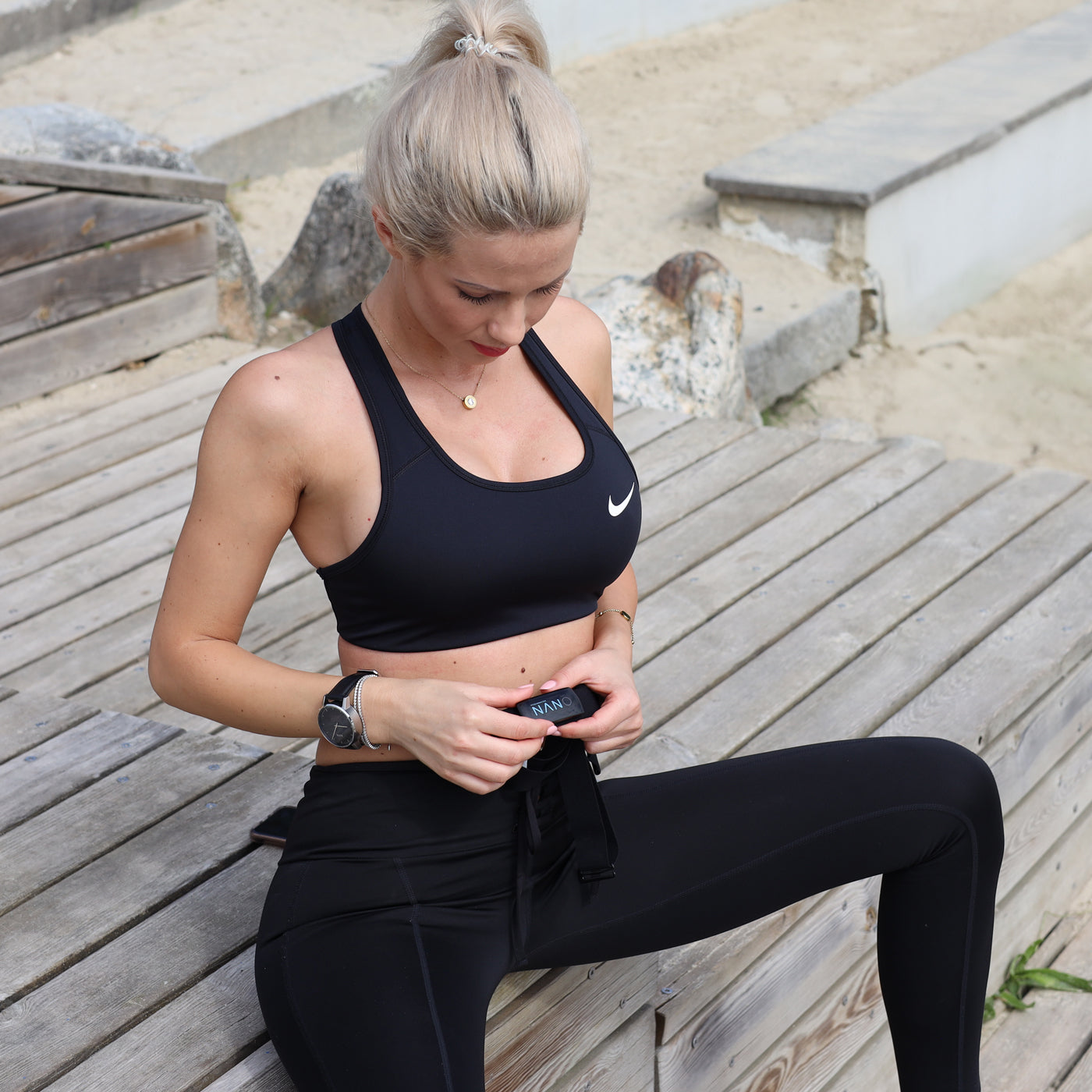

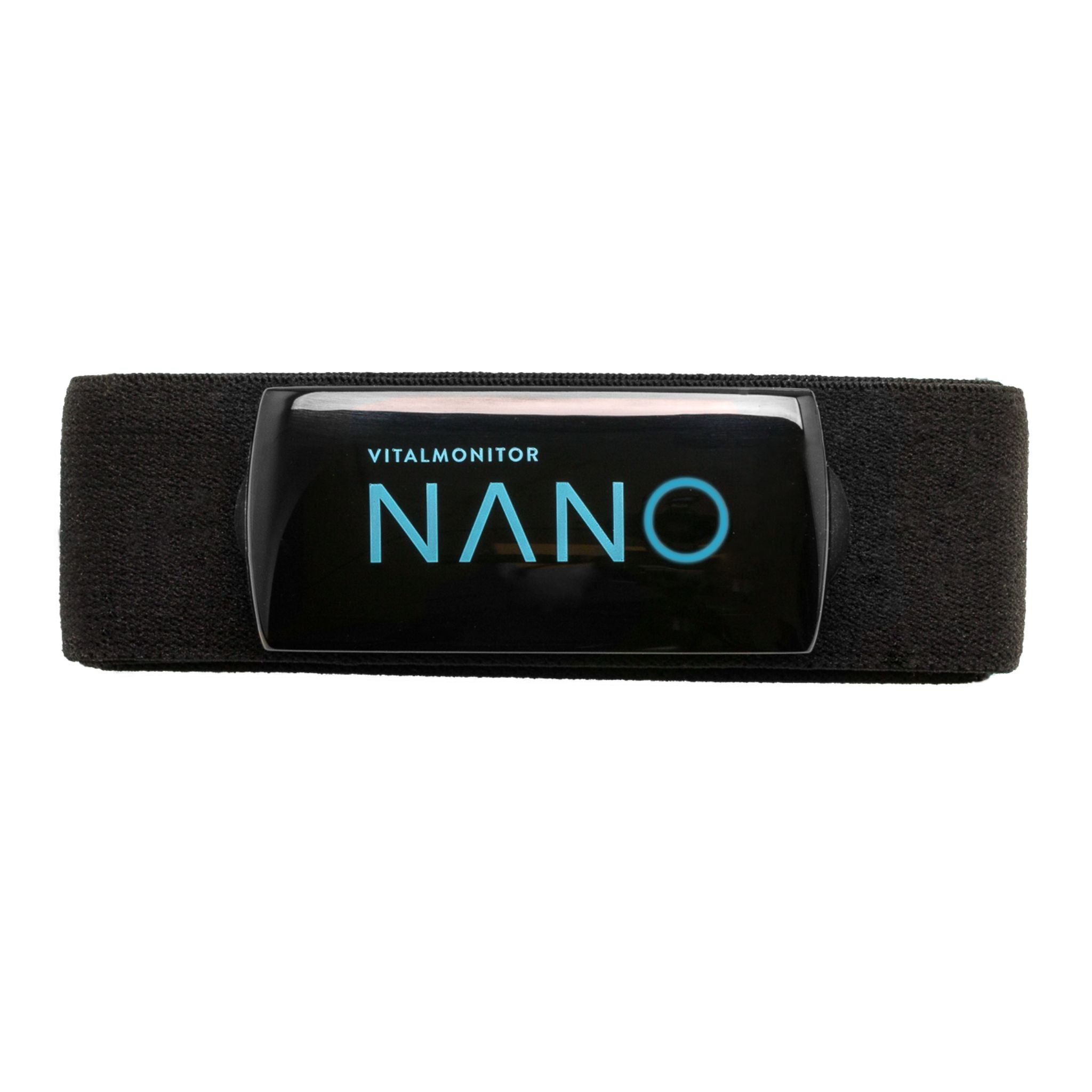








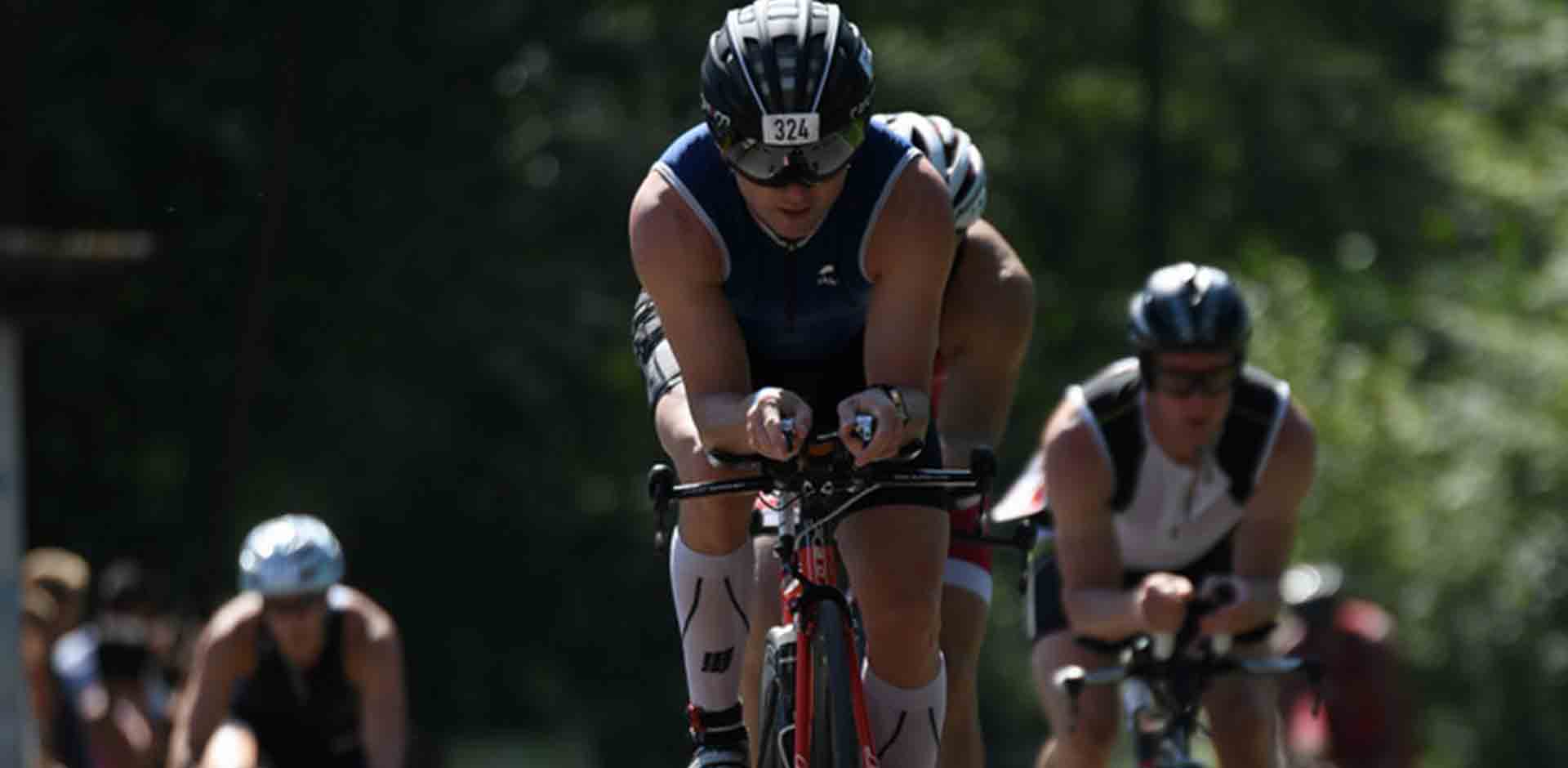



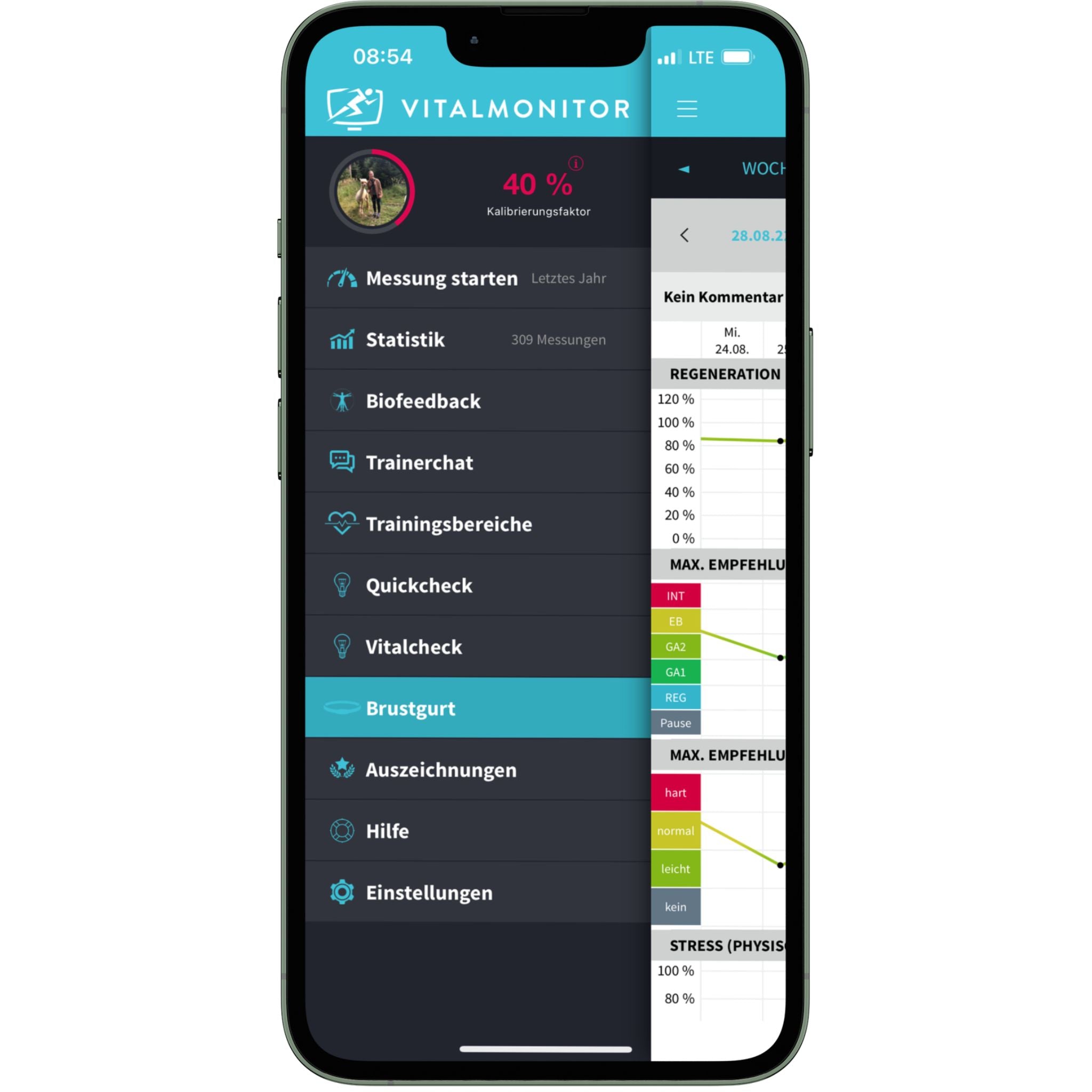
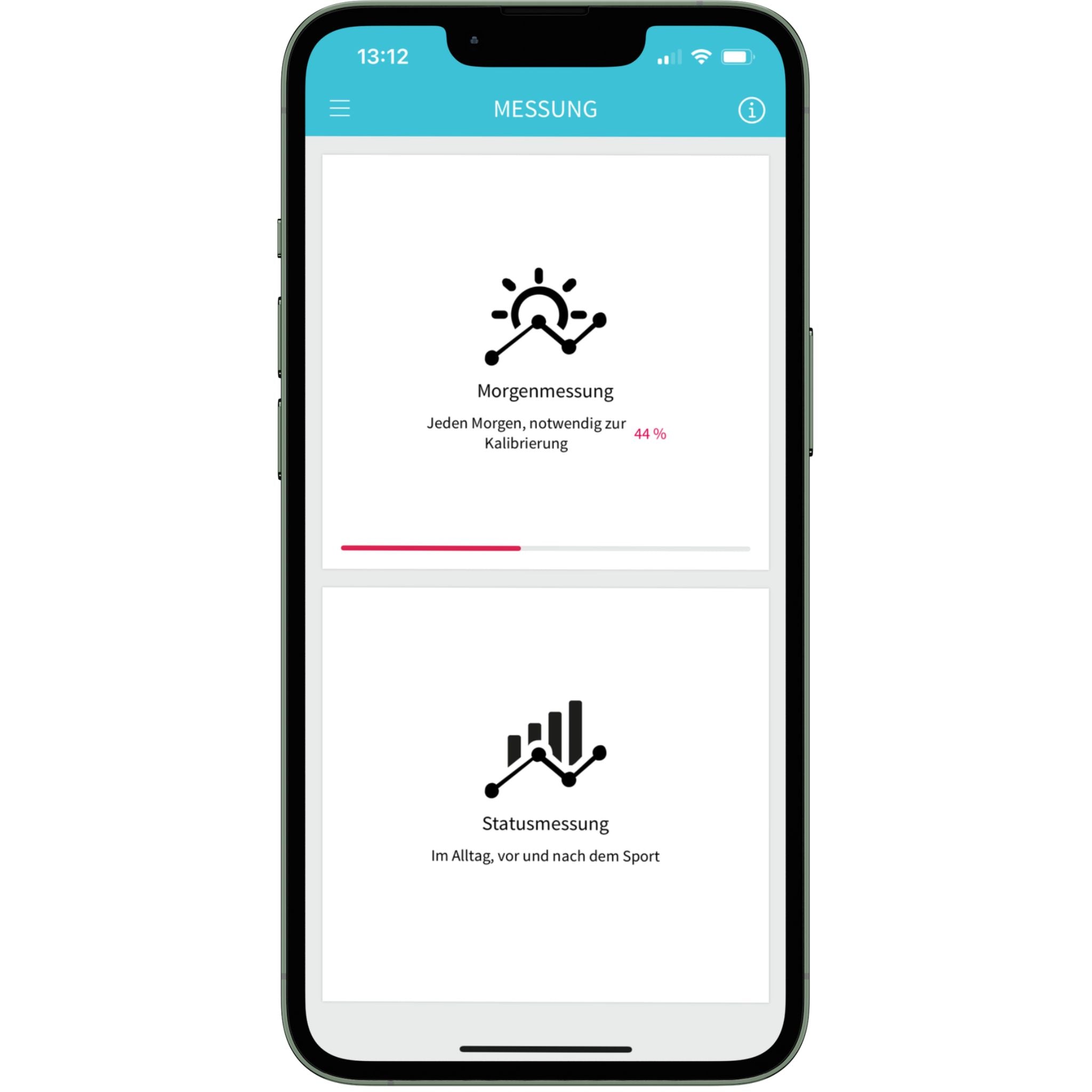
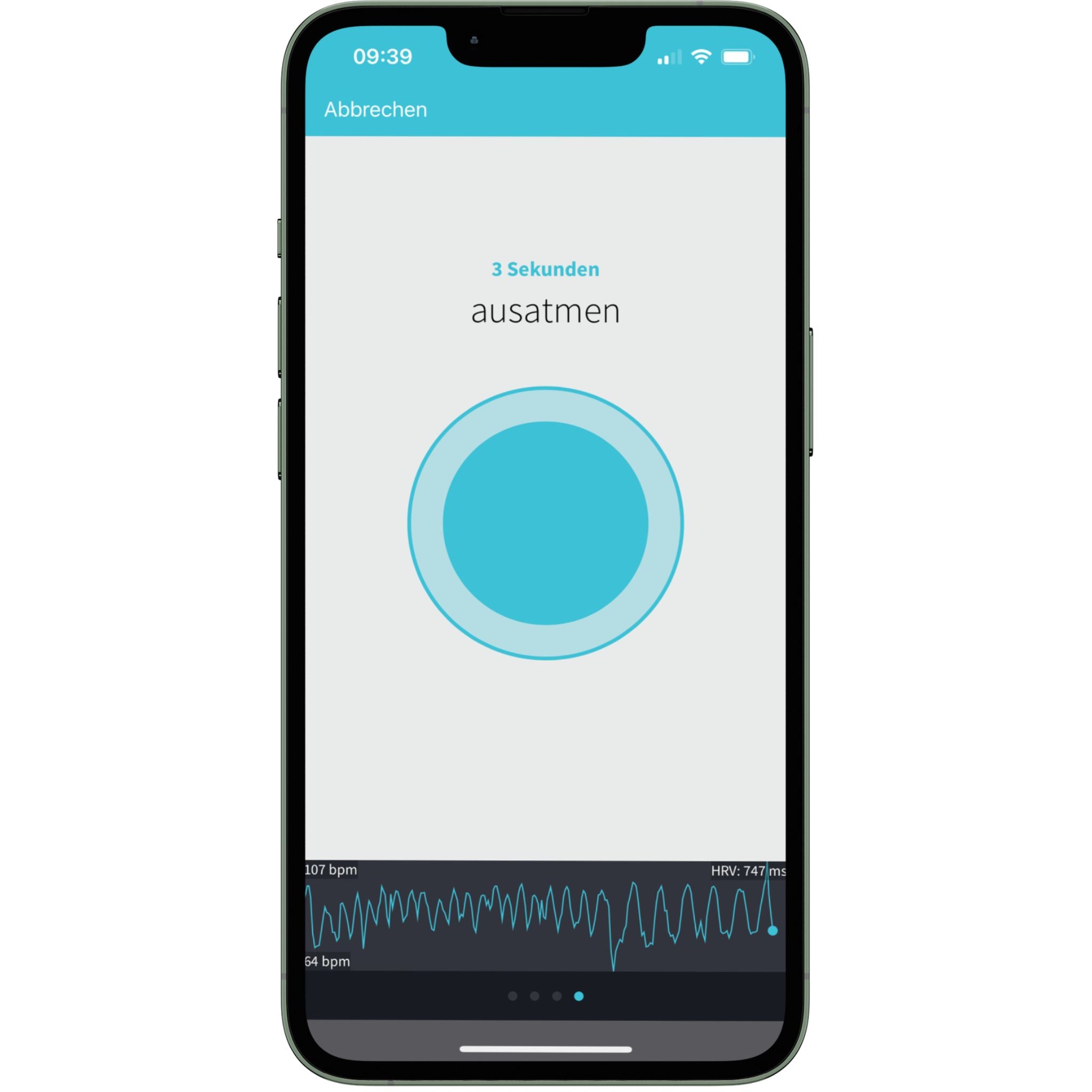
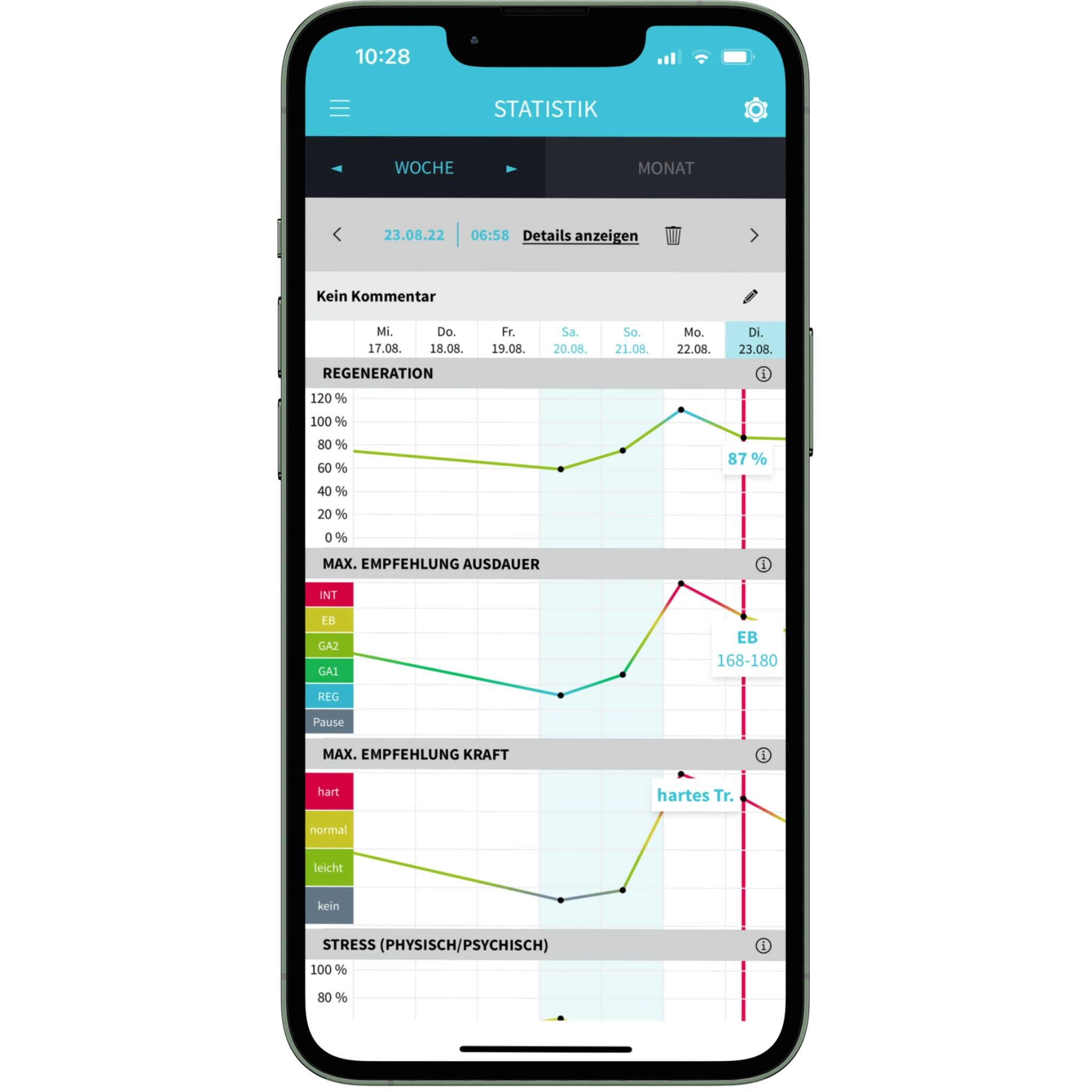


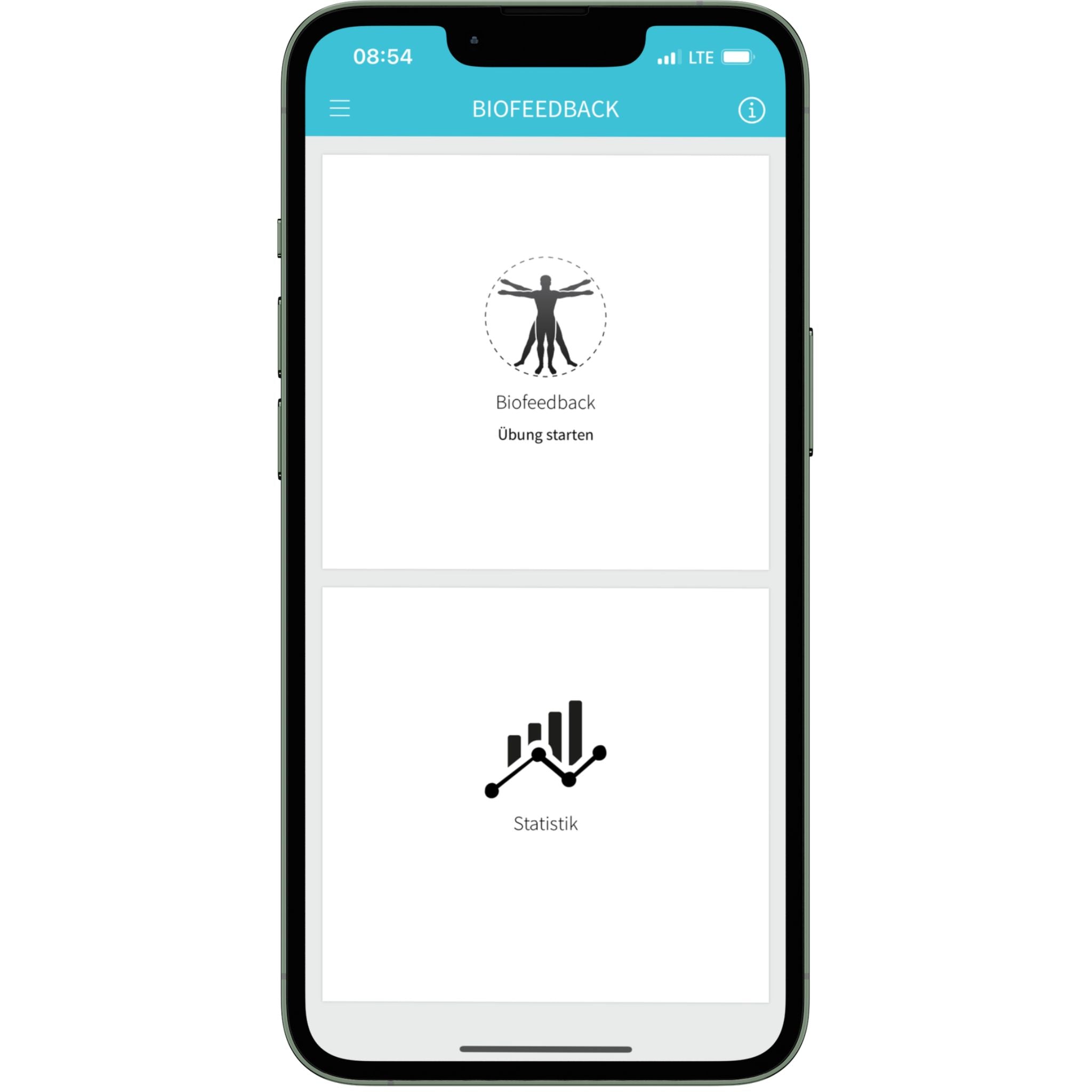
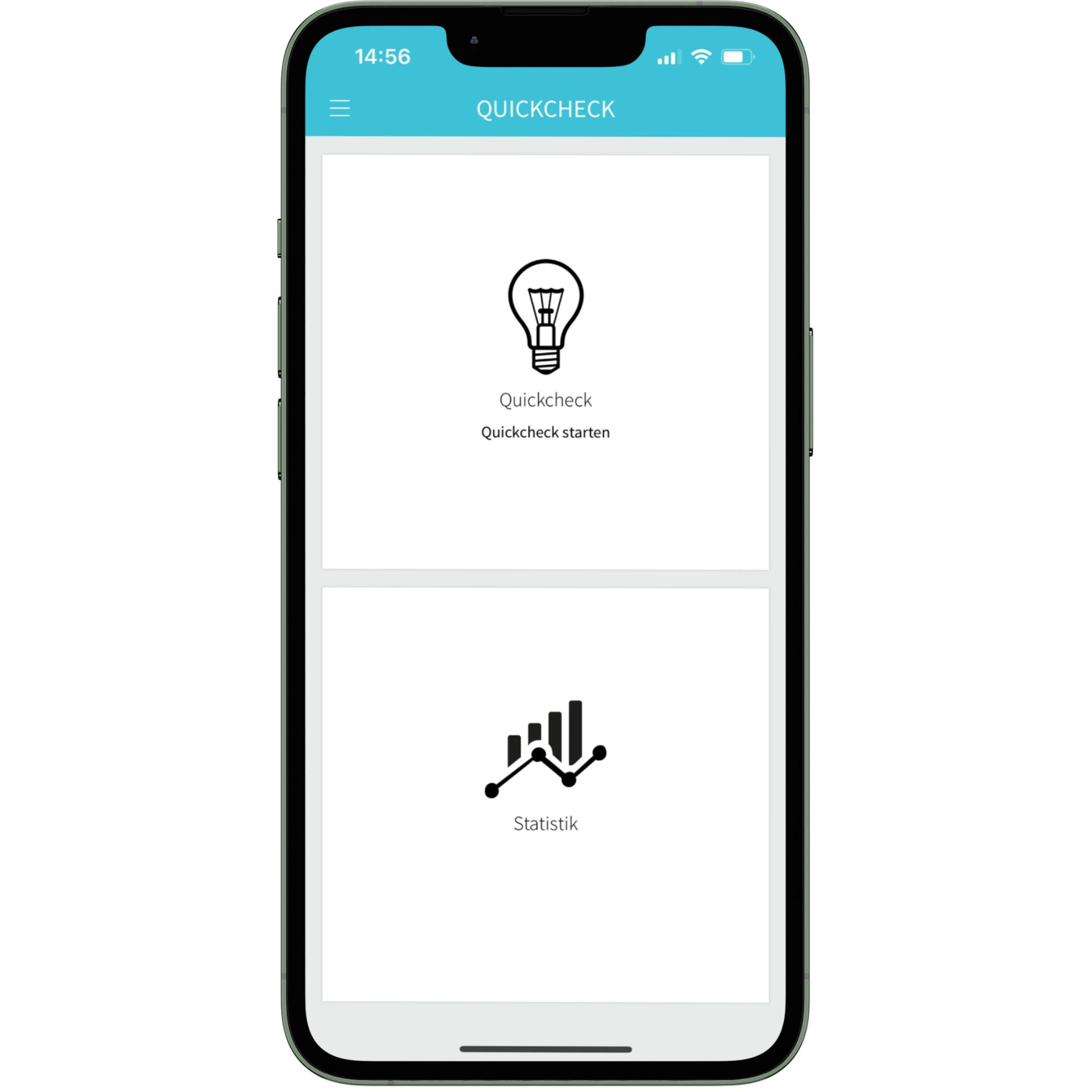
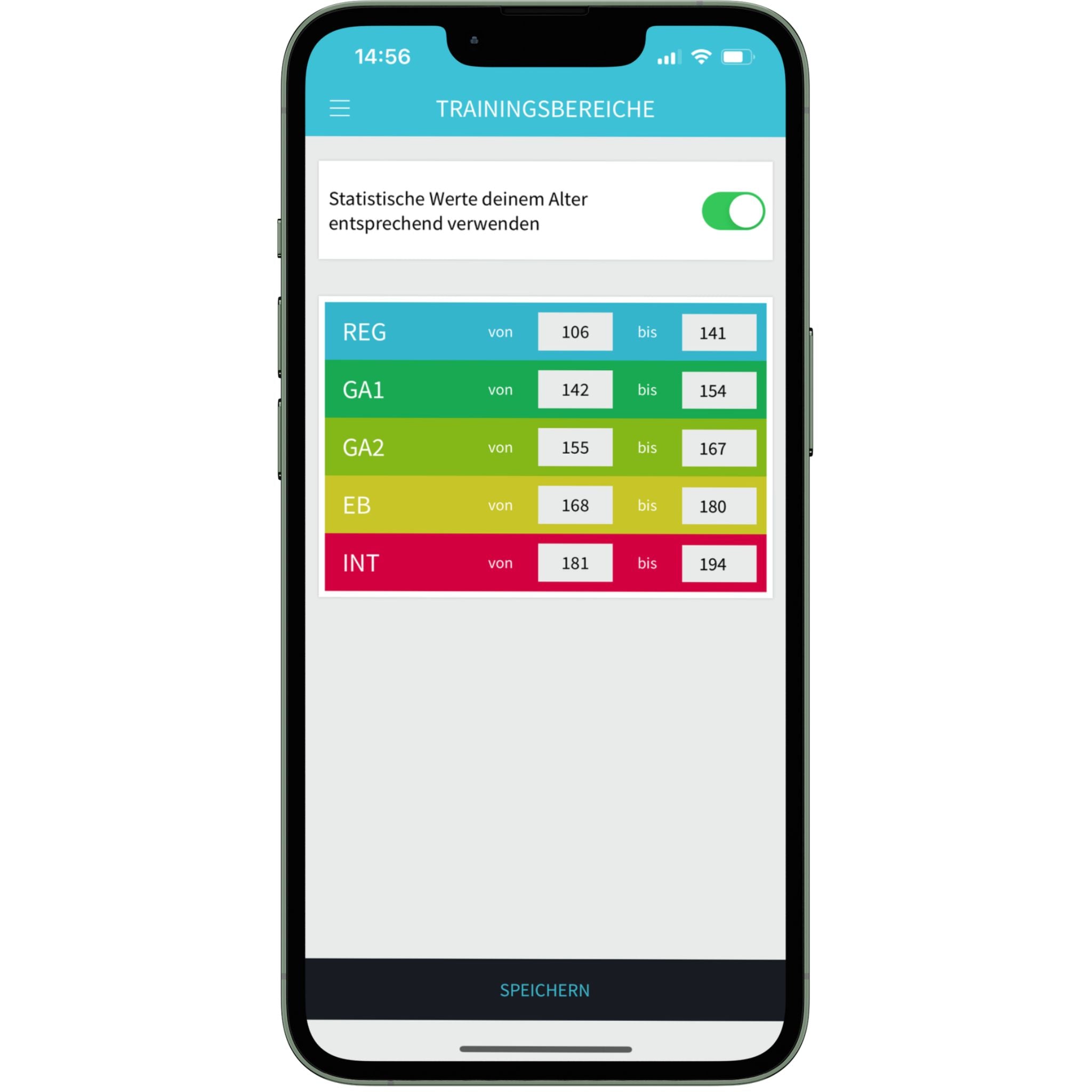



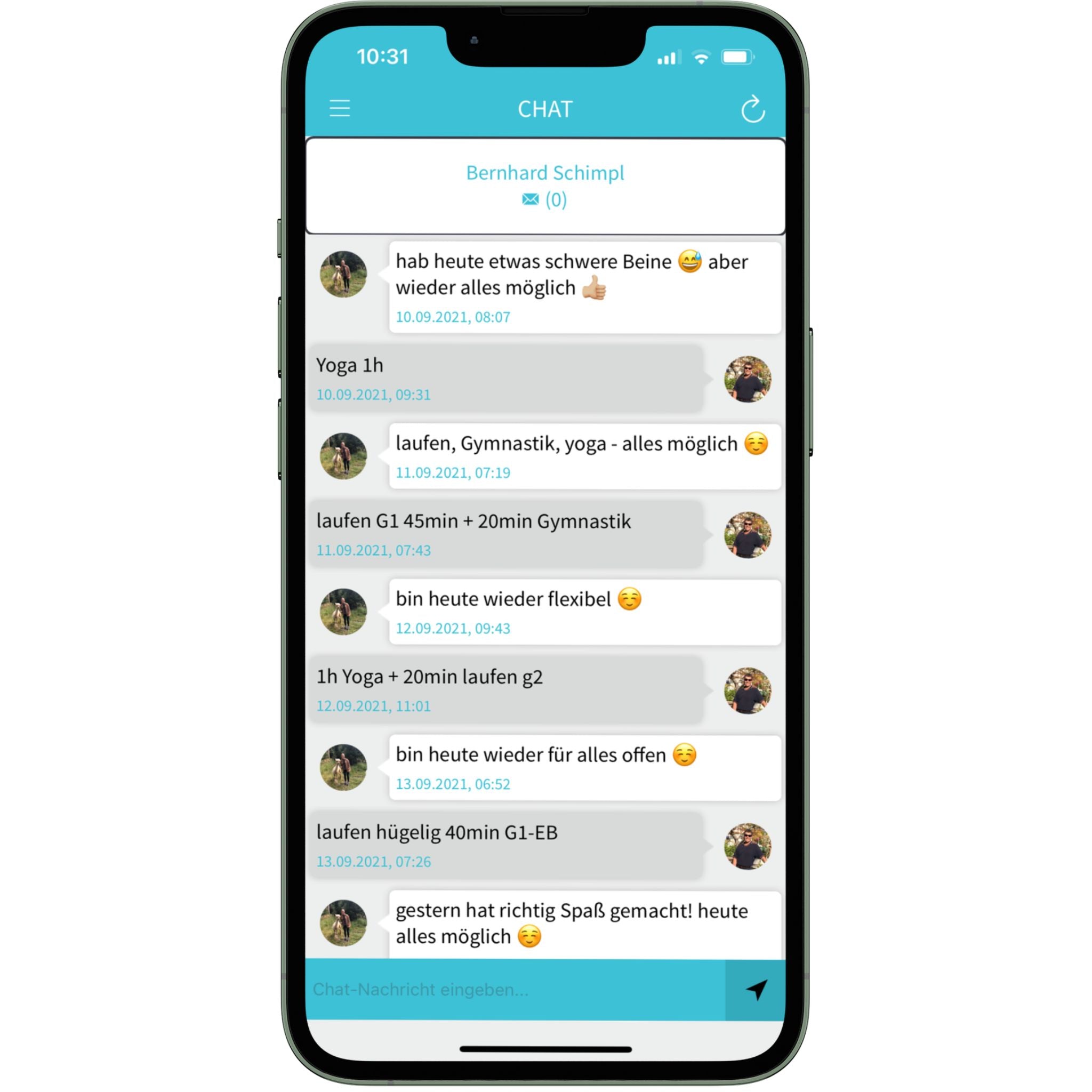
Leave a comment
All comments are moderated before being published.
This site is protected by hCaptcha and the hCaptcha Privacy Policy and Terms of Service apply.